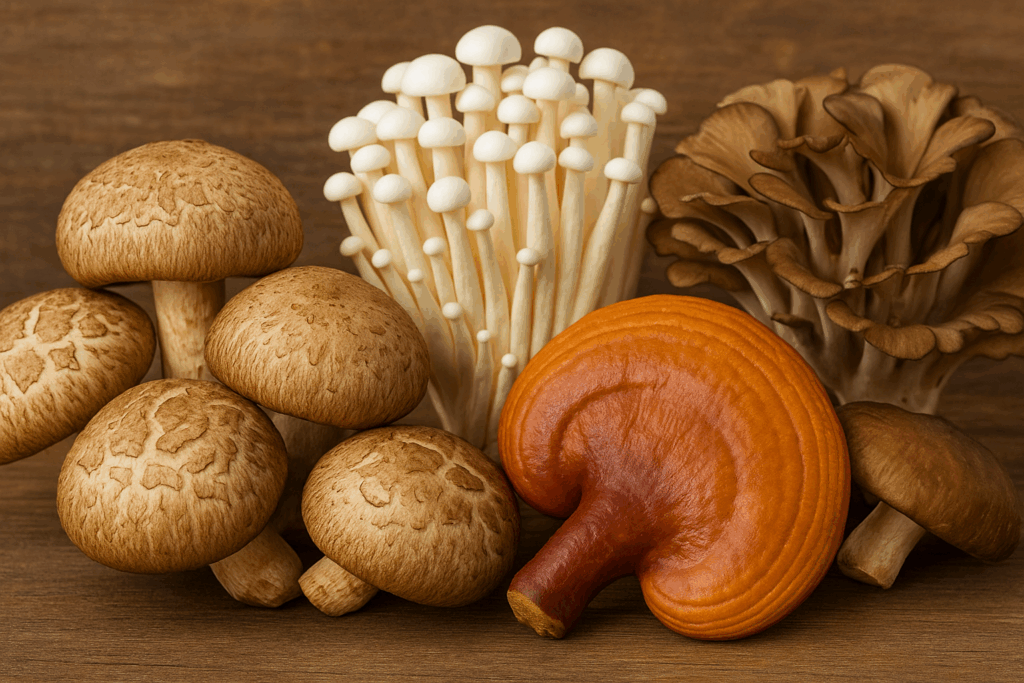I used to think mold was just an unsightly nuisance in damp corners of the house. That changed when a persistent cough and fatigue led me to discover mold lurking behind our bathroom wall. It turns out that household mold and immune health are more connected than I ever imagined. Mold isn’t just a cosmetic issue; it’s a silent intruder that can compromise your immune system, making you more susceptible to infections and chronic illnesses. Understanding this link is crucial for maintaining overall health and well-being.
How Mold Affects the Immune System
Mold releases tiny spores and mycotoxins into the air, which, when inhaled, can trigger immune responses. In healthy individuals, the immune system may handle these invaders efficiently. However, prolonged exposure can lead to chronic inflammation, weakening the immune system over time. This persistent immune activation can cause tissue damage and increase vulnerability to other pathogens. Individuals with pre-existing conditions or compromised immunity are particularly at risk. Research indicates that mold exposure can disrupt immune cell communication, impairing the body’s defense mechanisms.
Recognizing Symptoms of Mold Exposure
Identifying mold-related health issues can be challenging, as symptoms often mimic other conditions. Common signs include nasal congestion, coughing, skin rashes, and eye irritation. Some individuals may experience headaches, fatigue, or difficulty concentrating. In more severe cases, mold exposure can exacerbate asthma or lead to respiratory infections. It’s essential to consider environmental factors, especially if symptoms persist without a clear cause. Consulting a healthcare professional and inspecting your living spaces for mold can be vital steps in addressing these health concerns.
Preventing Mold Growth in Your Home
Prevention is key when it comes to mold. Maintaining indoor humidity levels between 30% and 50% can inhibit mold growth. Use dehumidifiers and air conditioners to control moisture, especially in humid climates. Ensure proper ventilation in areas like bathrooms and kitchens by using exhaust fans. Promptly repair any leaks in roofs, walls, or plumbing to prevent water accumulation. Regularly clean and dry areas prone to moisture, and consider using mold-resistant products in susceptible areas.
Safe Mold Removal Practices
If you discover mold in your home, it’s crucial to address it safely. For small areas, you can clean mold using detergent and water, ensuring you wear protective gear like gloves and an N95 mask. Avoid mixing cleaning agents, as this can produce harmful fumes. For larger infestations or if mold has infiltrated HVAC systems, it’s advisable to seek professional remediation services. Always address the underlying moisture issue to prevent recurrence.
Supporting Your Immune System
Beyond removing mold, bolstering your immune system can help mitigate the effects of exposure. Maintain a balanced diet rich in fruits, vegetables, and whole grains to provide essential nutrients. Regular physical activity, adequate sleep, and stress management techniques like meditation can enhance immune function. Staying hydrated and avoiding smoking also contribute to overall respiratory health. If you’ve experienced mold exposure, consult with a healthcare provider for personalized advice on supporting your immune system.
Conclusion: Prioritize a Mold-Free Environment
Household mold isn’t just an aesthetic concern; it’s a significant health hazard that can compromise your immune system. By understanding the risks and implementing preventive measures, you can protect your health and create a safer living environment. Regular home maintenance, prompt attention to moisture issues, and a proactive approach to indoor air quality are essential steps in safeguarding against the hidden dangers of mold.




